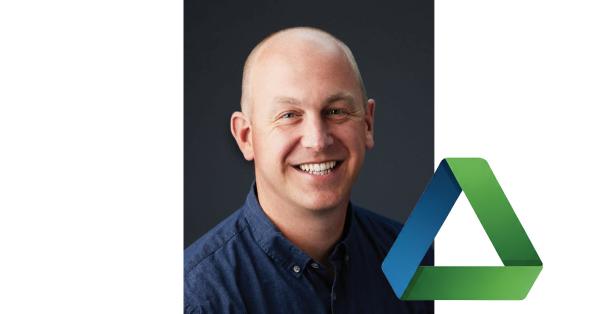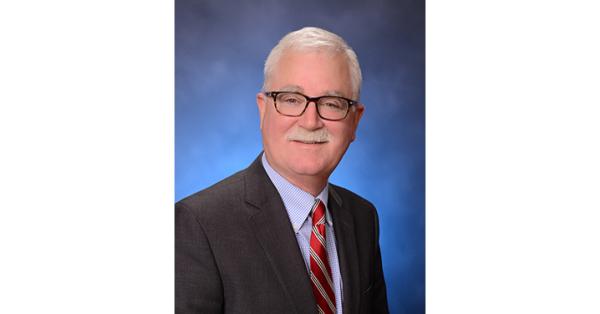There is plenty of data about wealth inequality, focusing on data alone misses a key point: Wealth inequality is about people. It is about people who go to work, pay their bills, meet their responsibilities, contribute to their communities, and pay their taxes—and who, in spite of their best efforts, are prevented from sharing in the wealth they help create.
To understand wealth inequality and the role ESOP companies can play in addressing it, a Kellogg Foundation study sought out ESOP companies and employee owners to interview. The results show that ESOPs can positively address income inequality in two particularly important ways:
- ESOPs that require no income-based contributions protect family budgets and resources—especially since “ESOP accounts are not taxed, and do not count against any asset limits for social services for low income employees who may be eligible.”
- Employee owners at ESOP companies develop financial skills as they work to understand the ESOP structure and participate in companies that help with financial literacy by making corporate financial information transparent. “This can improve opportunities for informed family financial planning and investments,” the report finds.
The findings are important; equally important is the fact that the project provides of how real people benefit from working at ESOP companies.
For example, employee owners told researchers that prior to working at an ESOP company, they had never been offered an employer-sponsored retirement plan. The ESOP, in addition to the company’s 401(k), helped them “catch up” to their peers who had availed themselves of retirement options earlier in their careers.
Missed opportunities relating to retirement also included a lack of fundamental information: Rosa, a 30 year old Latina woman in that same ESOP company, told researchers she never heard her family talk about retirement while growing up. That kind of blind spot poses a huge challenge, since you can’t plan for what you don’t understand.
But because Rosa works for an ESOP company, she gained knowledge that has moved her—and her family—out of that cycle. “What she learned about retirement planning due to her ESOP helped her raise the issue among her own siblings and created a desire for retirement savings across her extended family,” the report states.
The study notes that because ESOPs typically require no out of pocket investment from employees, they are particularly beneficial for low and moderate-income households. It cites a woman identified as Marta, who says that having an ESOP “changed my life.” She notes that employees sometimes fail to save for retirement or in general because they can’t afford to. “So the company helps us to be able to save up our money. It’s like winning the lottery.”
A Latino man identified as Jorge has less than a high school education and has been working at an ESOP company for 24 years. He makes $23/hour, is married, and has approximately $450,000 in his ESOP account.
Claire, a divorced hospital aide with children in her early 40s, says: “I am much more secure than my family was when I was growing up, and I have tried to communicate to my kids the importance of finding security.”
Overall, the study found that the employee owners interviewed who were 60-64 years of age had “over 10 times the median savings of employees nationally.” Those savings, and the financial insights gained, are helping close the wealth inequality gap, one employee owner at a time.

See the full report by clicking here.







